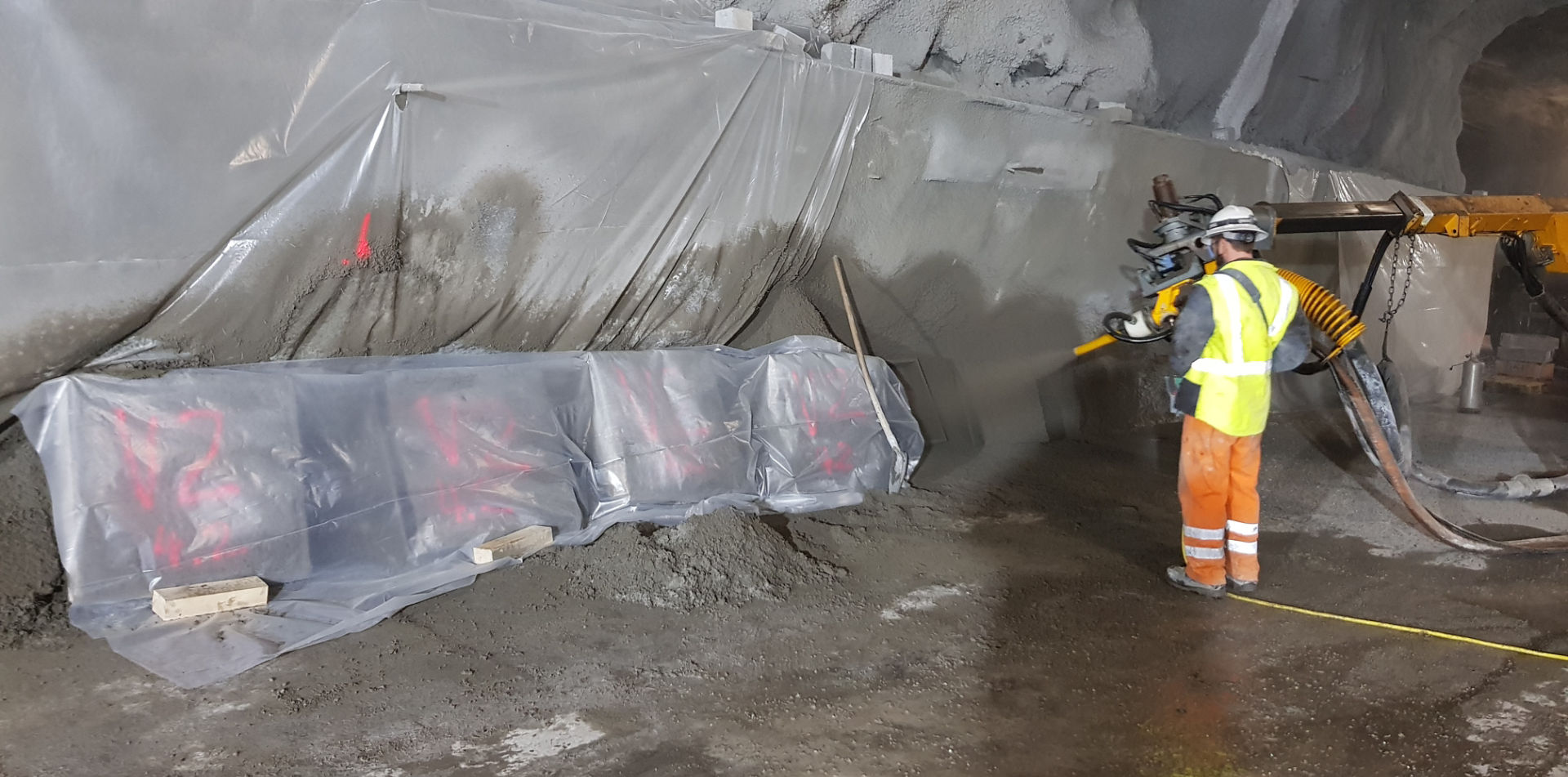
Download
Please provide the following details :
This field is required
This field is required
Please enter valid email (e.g. johnsmith@domain.com)

Please provide the following details :
This field is required
This field is required
Please enter valid email (e.g. johnsmith@domain.com)
When it comes to underground construction, permanent sprayed concrete lining (PSCL) is emerging as a game-changer. This proven technology has already found its footing in underground projects worldwide, promising a more sustainable and efficient way to build tunnels. In this blog post, we'll explore the incredible potential of PSCL, its environmental benefits, and how it's reshaping the future of tunnel construction.
In October 2020, the International Tunneling and Underground Space Association (ITA) released Report N°24, a groundbreaking document that aims to inspire confidence in the use of permanent sprayed concrete linings (PSCL) in underground space design. This report is a testament to the growing acceptance of PSCL as a viable construction method. It provides infrastructure owners and their advisors with the assurance they need to embrace this innovative technology.
One of the most significant advantages of PSCL is its environmental impact. Traditional construction methods like Dry and Blast can emit more carbon than Tunnel Boring Machines (TBM). Recent studies have revealed that in conventional tunneling, materials account for a staggering 60 to 80% of the total environmental impacts. This is where PSCL shines.
Switching from temporary shotcrete liners to permanent shotcrete liners, coupled with improved mix designs, can result in an astounding 75% reduction in carbon dioxide emissions. This transition not only benefits the environment but also makes tunnel construction more sustainable and cost-effective.
The adoption of PSCL challenges the status quo of excessive structural designs that rely on cast-in-place concrete or other lining structures. These conventional practices drive up costs, require more excavation, prolong construction timelines, and contribute to higher CO2 emissions. PSCL offers an alternative that promises to revolutionize tunneling.
Research groups worldwide are actively exploring the potential of PSCL. Take, for instance, the SUPERCON project in Norway. While the final results are eagerly awaited, initial findings suggest that this technology could lead to more effective tunneling with significantly lower CO2 emissions. The implications are profound and could reshape the future of underground construction.
To fully embrace PSCL, understanding its mechanical properties is crucial. Like any other concrete structure, PSCL must undergo rigorous testing to ensure its structural integrity. Various testing methods, such as those outlined in EN 14487-1, provide the means to assess the ductility and strength of sprayed concrete. These tests help guarantee the safety and reliability of PSCL in real-world applications.
EN 14487-1, the European Standard for sprayed concrete, offers multiple ways to specify the ductility of sprayed concrete. These methods include energy absorption tests and flexural strength tests. In recent years, alternate methodologies have emerged, such as the notched panel test, which aims to provide more accurate and reliable results. These advancements are reshaping the design and application of PSCL.
As tunnel construction embraces permanent sprayed concrete lining, the industry is poised for a transformation. This technology offers not only structural integrity but also environmental sustainability. With ongoing research and a shift in testing and design methodologies, PSCL is paving the way for a greener, more efficient, and cost-effective future for underground construction. The potential is enormous, and we're just scratching the surface of what PSCL can achieve in the world of tunneling.